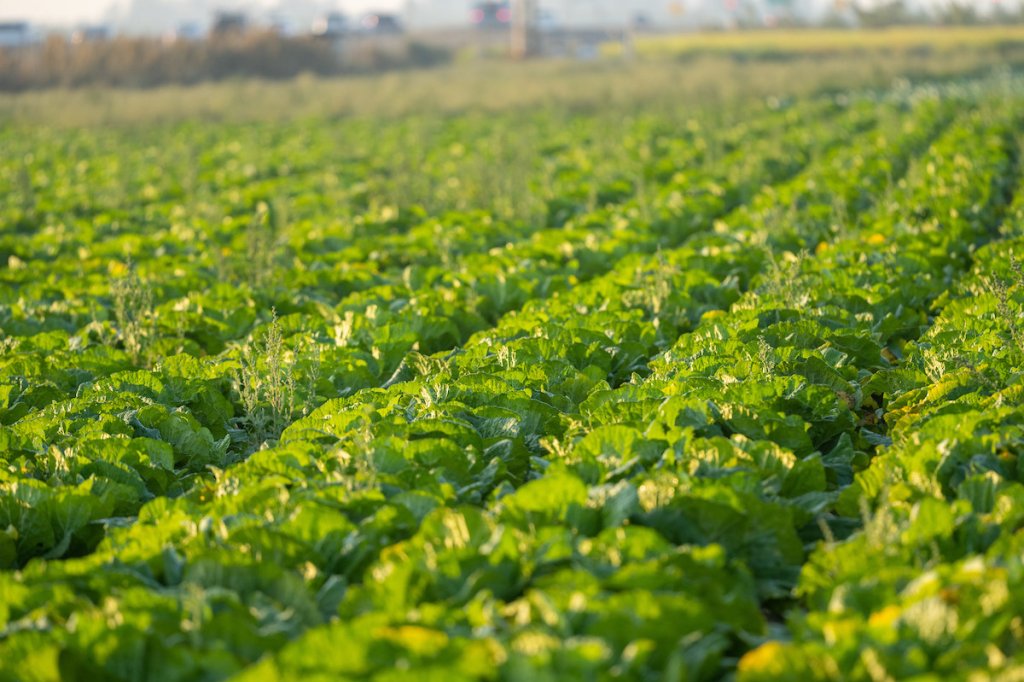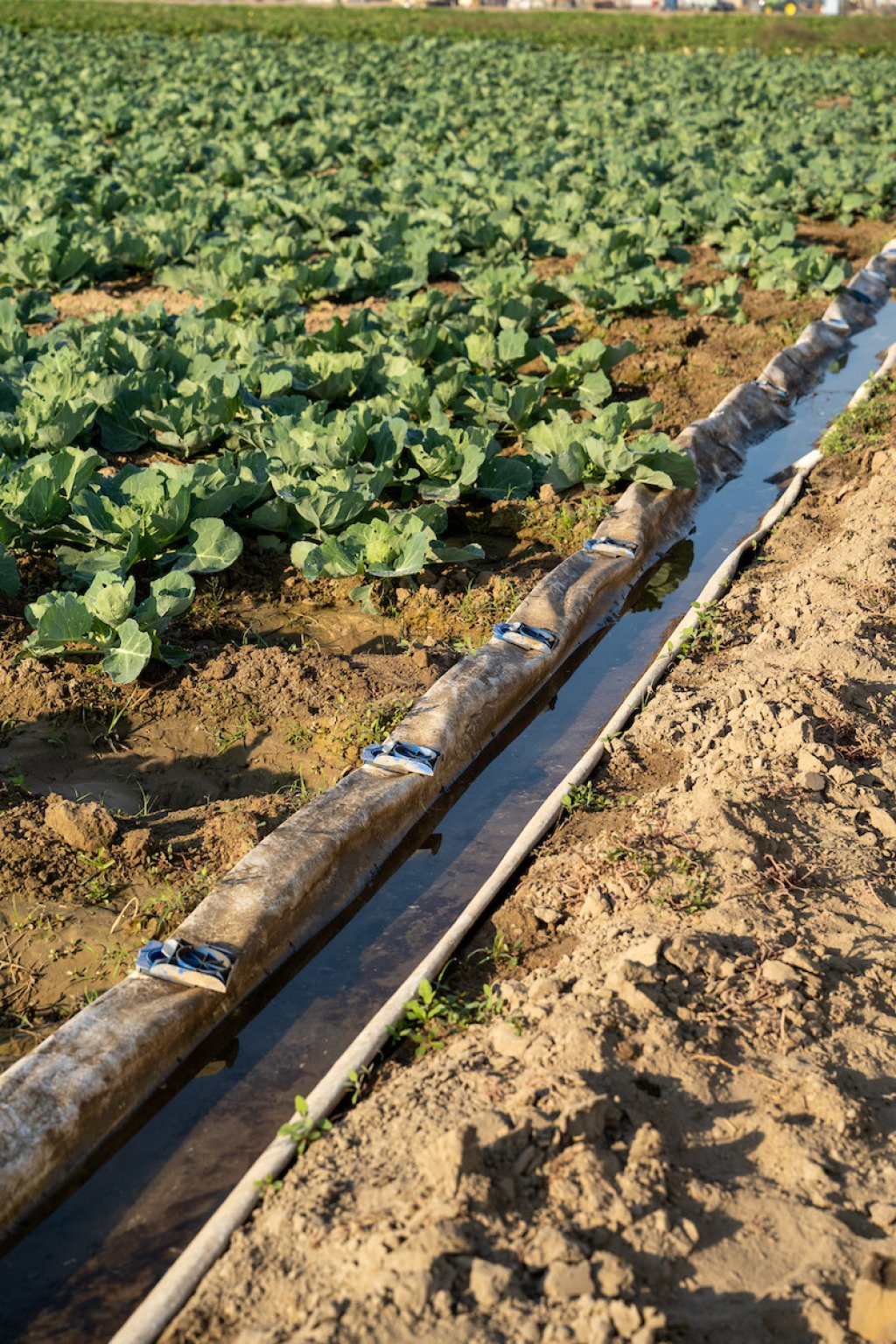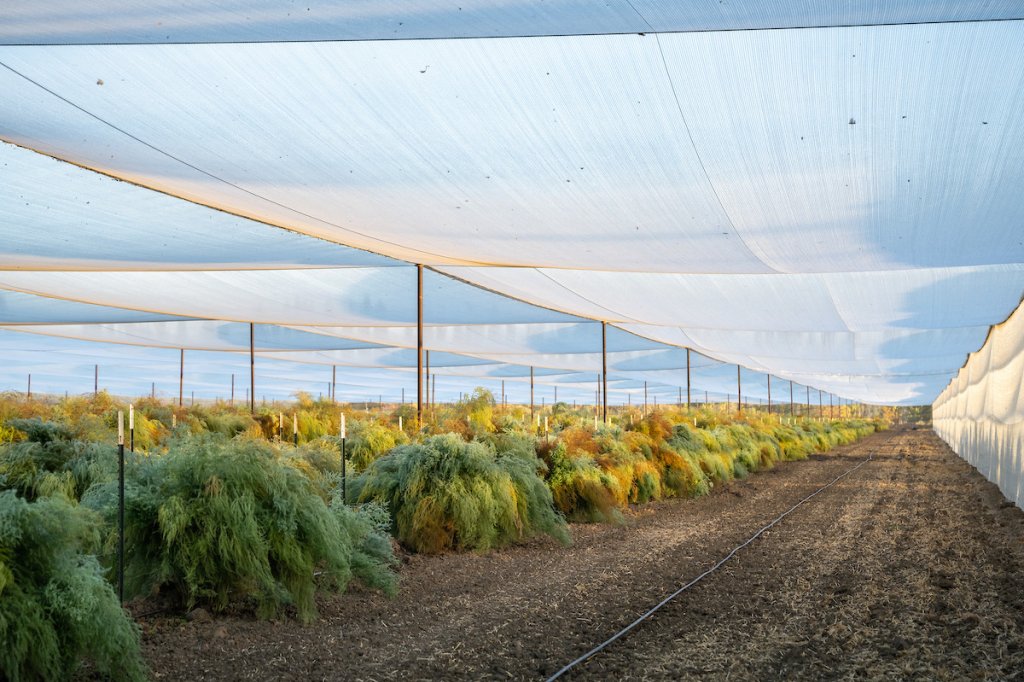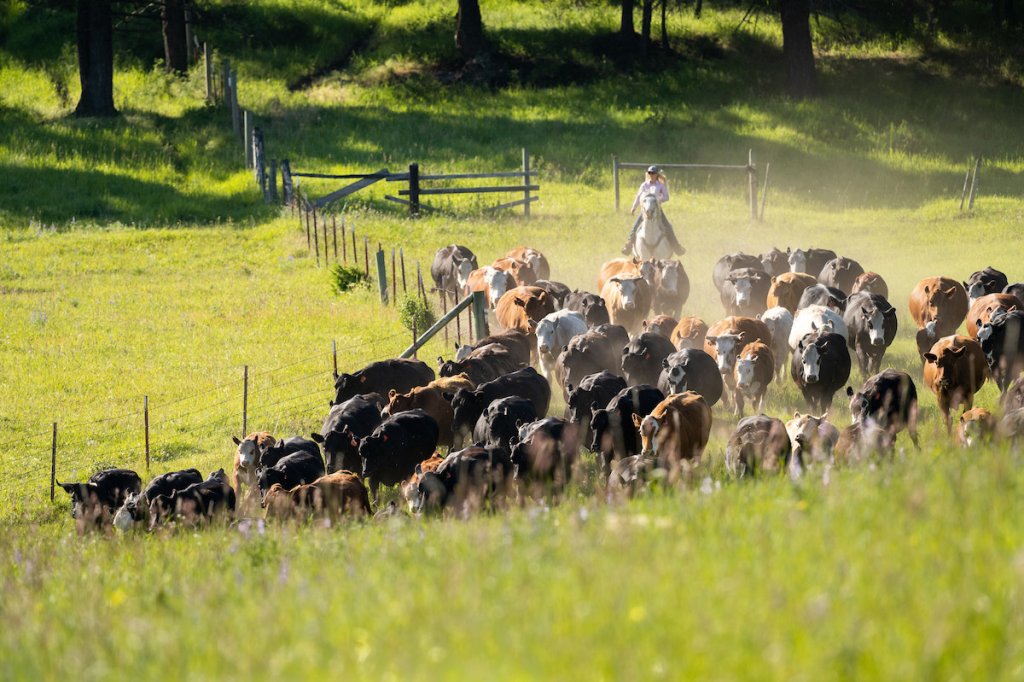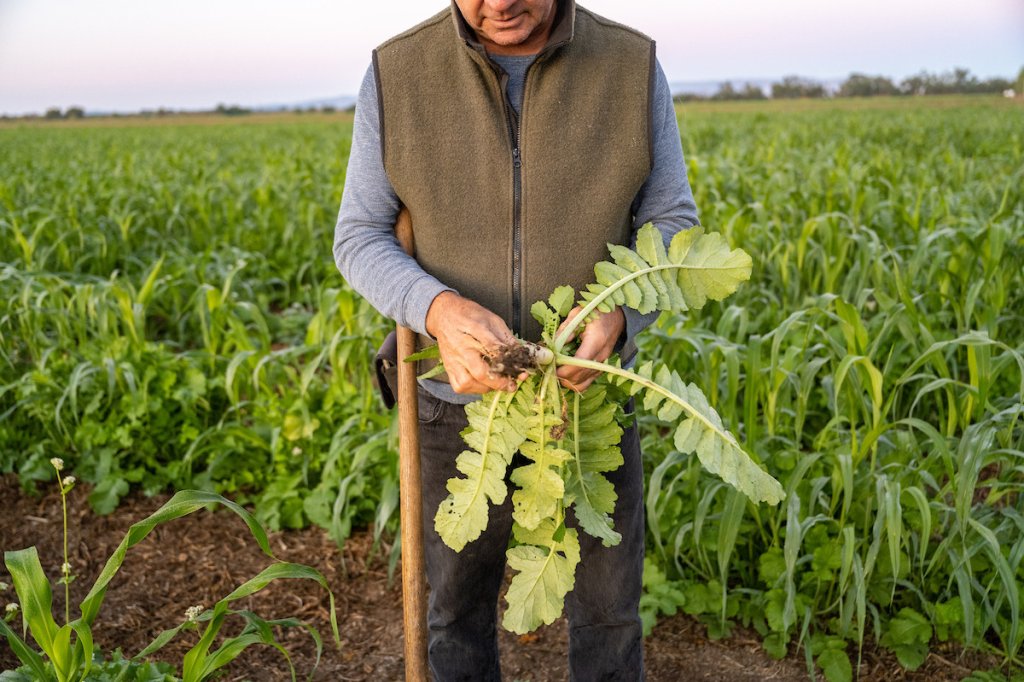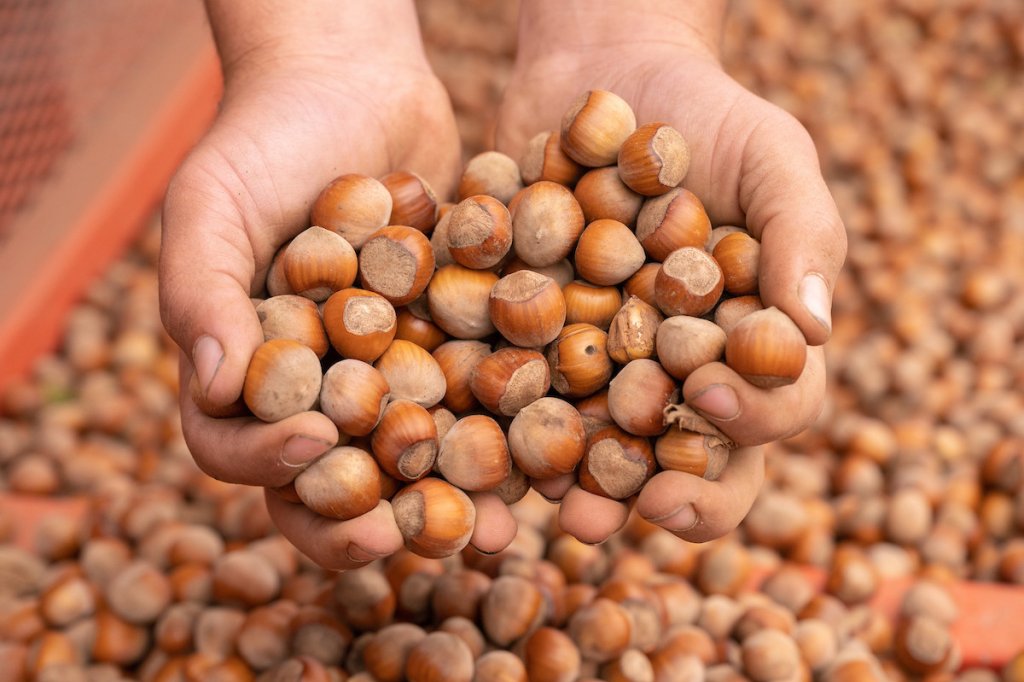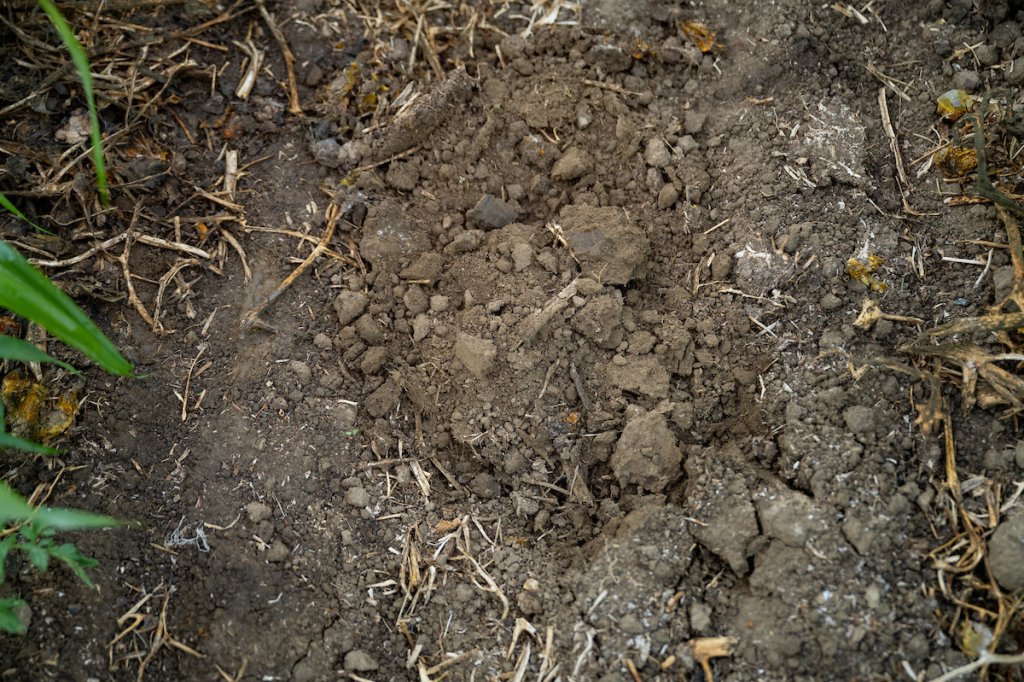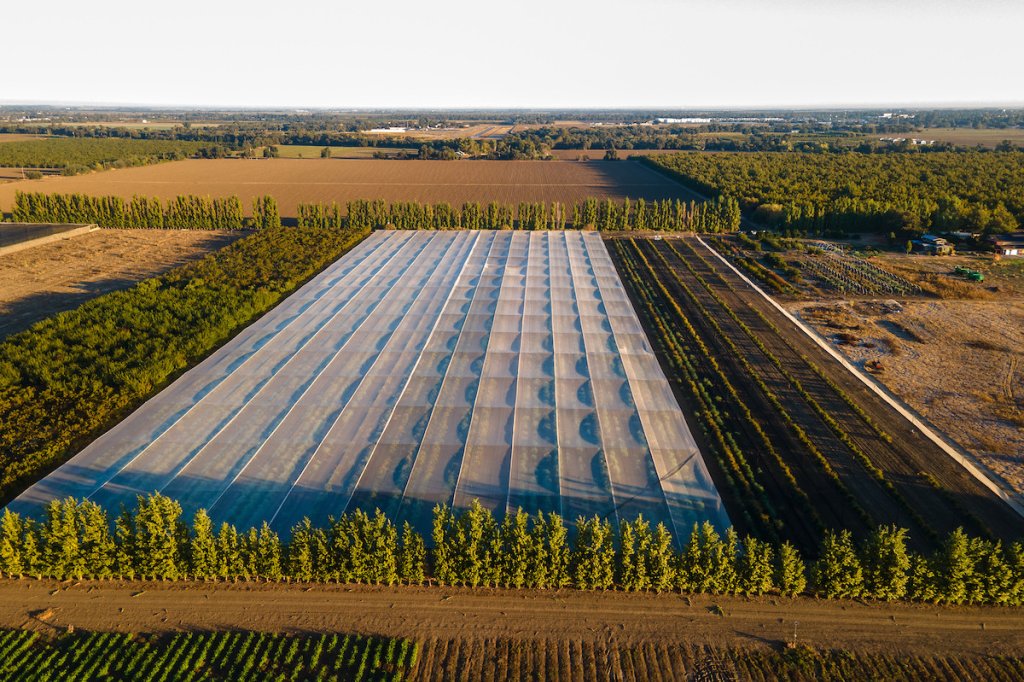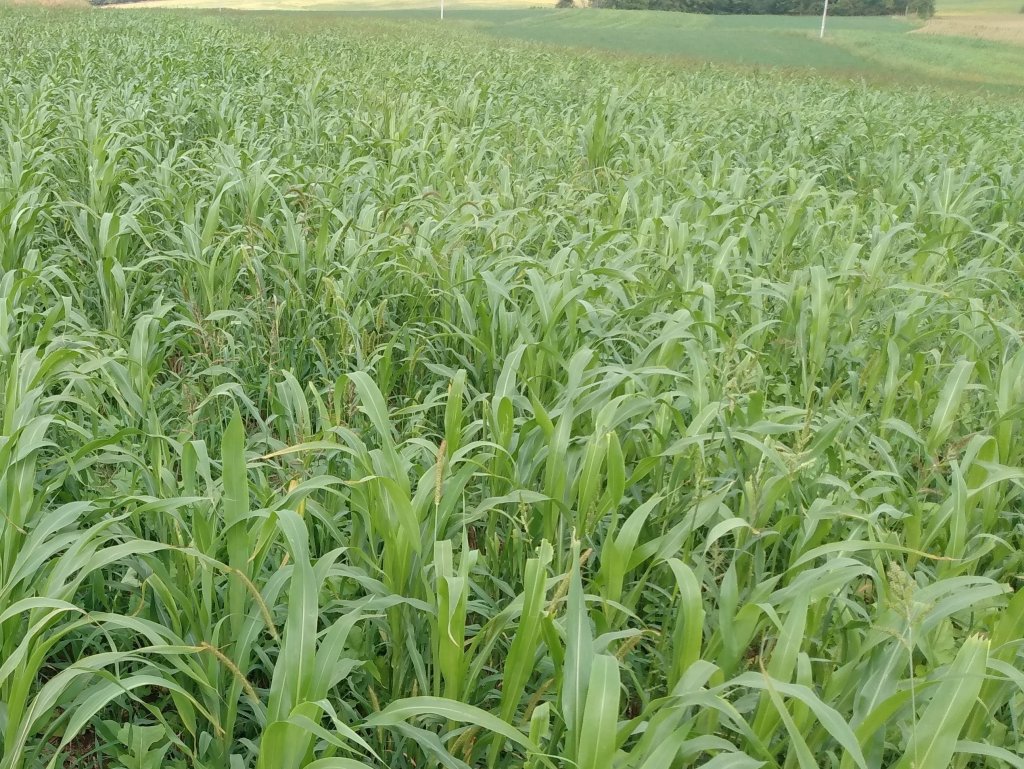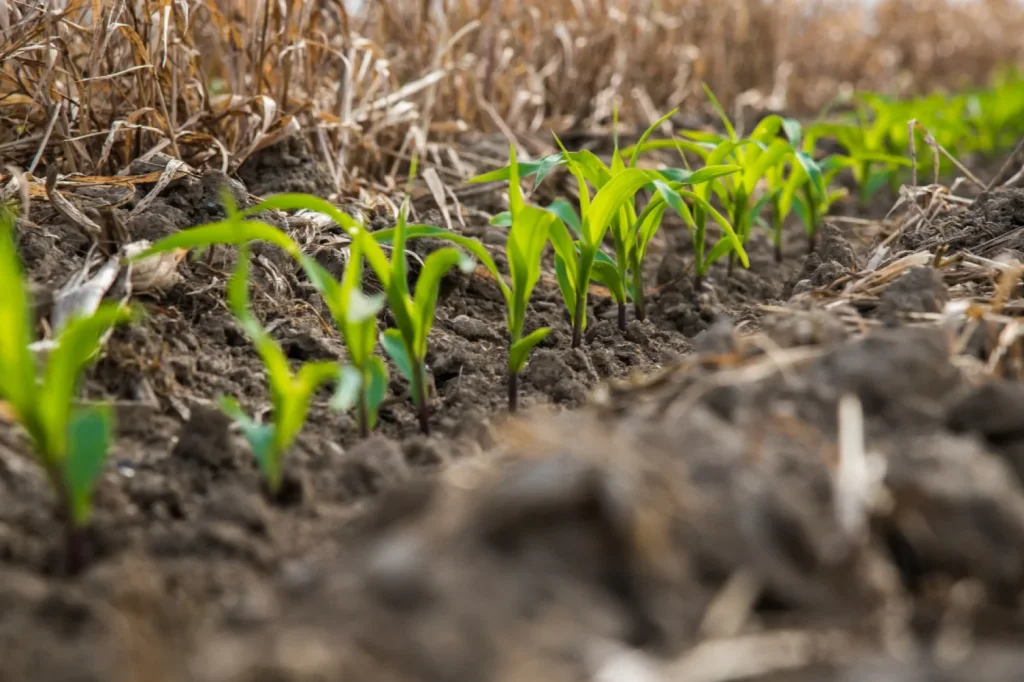AFT’s Soil Health Case Study Project developed a method to evaluate the economic outcomes experienced by “soil health successful” row crop farmers and tree nut growers and communicate the results in compelling and easy-to-read two-page case studies. We are sharing these methods with our fellow ag conservation professionals in a Soil Health Economic Case Study Toolkit so they can conduct their own analyses of producers in their area who have successfully adopted soil health practices and produce their own case studies.
Soil Health Economic Case Study Methods and Toolkit
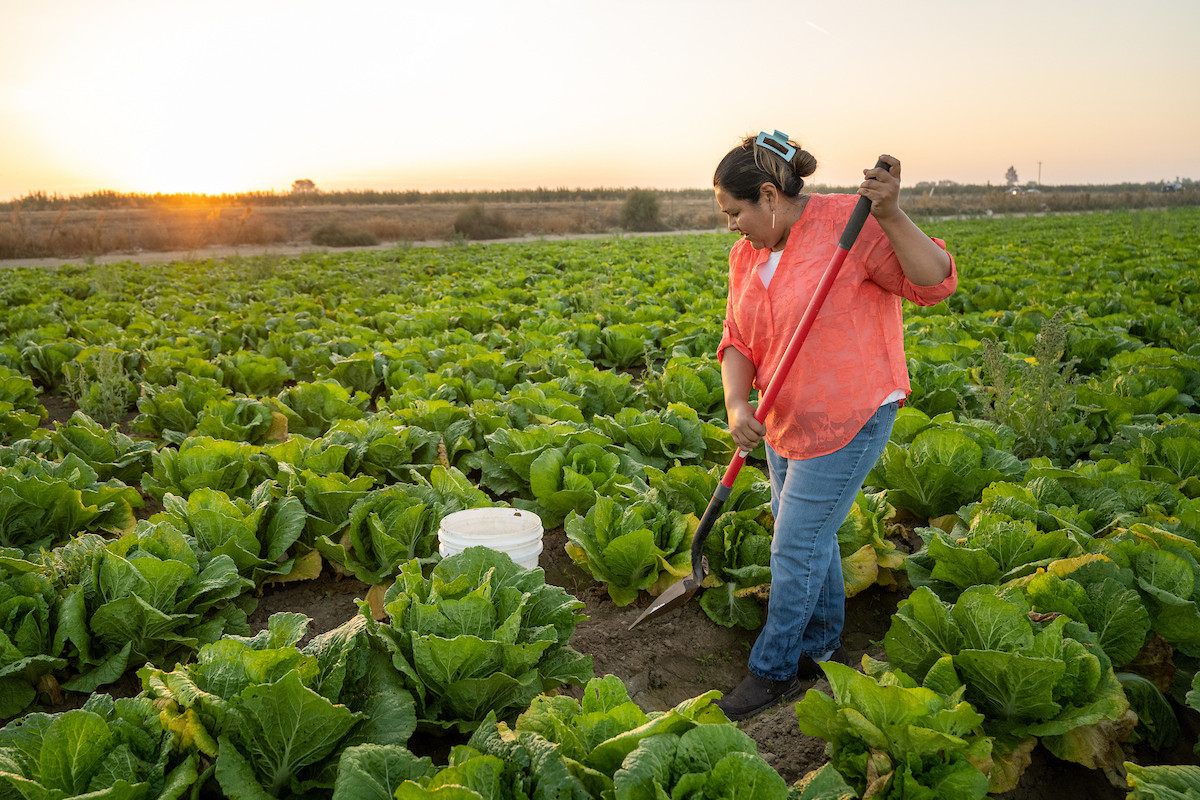
Retrospective Soil Health Economic Calculator
This Excel-based calculator was developed for ag conservation professionals to quantify the benefits and costs of soil health practice adoption experienced by “already soil health successful” row crop farmers and almond growers. AFT used this calculator to develop the partial budget analysis tables featured in the Retrospective Soil Health Case Studies.
Learn MoreEconomic Methods: Between 2018 & 2021, AFT’s Consulting Economist (retired NRCS-NY Economist) Florence Swartz, in collaboration with AFT’s Project Leader Michelle Perez, developed the first version of our Retrospective Soil Health Economic Calculators (R-SHEC), building off of the NRCS Cover Crops Economics Tool. The R-SHEC is an Excel-based spreadsheet we use to produce a partial budget analysis (PBA) and generate a PBA table. The partial budget analysis:
Compares costs and benefits “before” & “after” soil health practice implementation,
Estimates the economic effect of changes in field operationsand
Focuses only on variables affected by the adoption of soil health practices.
The primary effects analyzed by the R-SHEC include changes in machinery, fertilizer, chemicals, yield, erosion repair, and learning costs.
AFT’s criteria for “soil health successful” producers that are appropriate for the R-SHEC and for featuring in a case study include:
Growing tree nuts (almonds, pistachios &/or walnuts) or row crops, including barley, corn grain, corn silage, grain sorghum, hay, oats, soybeans, wheat, canola, ensilage, flaxseed, millet, mustard seed, rapeseed, rye, safflower, sugar beets, sunflower seed, &/or triticale (grain); Adopting one or more of the following soil health practices: no-till, reduced tillage, conservation cover (tree nuts), cover crops, conservation crop rotation, nutrient management, compost application, and/or mulching (tree nuts),
For between four and 15 years, and ideally have
Positive economic and soil health effects they’ve observed, want us to quantify and want to share with others.
Case Study Methods: Multiple AFT staff and external partners identified the “soil health successful” producers, conducted the interviews, implemented the economic, water quality, and climate methods, and wrote the case studies using the case study writing template provided in the Toolkit. Each producer agreed to spend 5-10 hours of their time providing the necessary data via interviews and other lines of communication.
Review: Each AFT Retrospective Soil Health Economic Case Study underwent review by NRCS economists, NRCS soil health specialists, and university economists. The case studies that include results from a NTT and/or COMET-Farm or COMET-Planner analysis had results reviewed by NTT specialists at USDA Office of Environmental Markets and Tarleton State University and COMET specialists at Colorado State University.
Toolkit: AFT hopes that our fellow conservationists use the existing economic case studies and produce their own. Conservation partners at NRCS, Soil and Water Conservation Districts (SWCD), Extension, farm and environmental organizations, watershed groups, ag retailers, crop consultants, cover crop seed dealers, equipment providers, and corporations with supply chain sustainability goals, etc., could use these case studies with their farmer customers as outreach and education materials to help answer questions about the costs and benefits of adopting soil health practices.
To help our fellow conservationists produce their own case studies featuring “soil health successful” producers in their area, we have provided all the materials we used in a Soil Health Case Study Tool Kit. We hope that a “soil health successful” producer can be found in every farm county in the country and an economic and environmental case study can be produced about them, showing the other “soil health curious” producers in that county, that “it can be done here too.” The Tool Kit includes guidance materials and recordings of training videos.
Training Videos
Below are recordings from two archived trainings on (1) producing a Row Crop Retrospective Soil Health Case Study using the original version of the Toolkit at the 2020 75th Soil and Water Conservation Society International Annual Conference and (2) producing an Almond Retrospective Soil Health Case Study using the previous version of the Toolkit at a 2021 AFT-Almond Board of California webinar for almond conservation professionals that walk through the methods and Toolkit materials AFT developed for this project at that time. Find the most recent Toolkit materials, including the 2024 R-SHEC Tools and associated materials, including a 2024 training video, by visiting our Toolkit: https://farmlandinfo.org/rshec-toolkit
How to Produce a Row Crop Retrospective Soil Health Economic Case Study
A six-part series from 2020 for conservation professionals and farmers who want to learn how to conduct retrospective economic, water quality, and climate analyses of already "soil health successful" row crop farmers using the previous version of the R-SHEC Tool and associated materials to quantify economic effects and how we used the Nutrient Tracking Tool and COMET Tool to quantify water quality and greenhouse gas emission impacts from adopting soil health practices.
How to Produce a Tree Nut Retrospective Soil Health Economic Case Study
A six-part series from 2021 specifically made for almond-orchard conservation professionals and almond growers who want to learn how to conduct retrospective economic, water quality, and climate analyses of already "soil health successful" almond growers using the original version of the almond R-SHEC Tool and associated materials to quantify economic effects and how we used the Nutrient Tracking Tool and COMET Tool to quantify water quality and greenhouse gas emission impacts from adopting soil health practices. Since these videos were made, we’ve updated the almond R-SHEC to include pistachios and walnuts, calling it the Tree Nut R-SHEC now. As of May 2024, we continue to point people to these training videos since the foundational steps and analysis are the same for analyzing soil health practices on almonds, pistachios, and walnuts. Also, the Predictive-SHEC Tool for Almonds projects has been put on hold. Reach out to Ben Wiercinski to learn more about our P-SHEC work: [email protected].
Many Thanks!
AFT is grateful for the following:
The producers featured in each case study for sharing their soil health story with us and for sharing their time and information
The AFT Staff Team and external partners for finding the farmers, interviewing them, inputting the economic, water quality, and climate data into the R-SHEC, NTT, and COMET-Farm tools, running the analyses, and writing the case studies: Kent Bohnhoff, Justin Bodell, Brian Brandt, Emily Bruner, Paul Lum, Aaron Ristow, Ben Wiercinski, Meg Greski, Blane Stacey, Maryanne Dantzler-Kyer, Lia Raz, Michael Roots, Jen Tillman, Robert Ellis, and Ellen Yeatman)
The NRCS Conservation Innovation Grant (CIG) that made this work possible
Lauren Cartwright and Bryon Kirwan for their great work developing the NRCS Cover Crops Economics tool and questionnaire, which formed the basis of the R-SHEC tool and questionnaire, and for their guidance, feedback, and support
Mindy Selman (USDA Office of Environmental Markets) and Dr. Ali Saleh (Tarleton State University) for the training, troubleshooting, and review they provided of our NTT results
Mark Easter, Haley Nagle, and Matt Stermer (Colorado State University) for the training, troubleshooting, and review they provided of our COMET-Farm and COMET-Planner results
Our external reviewers of case studies and the associated calculators and questionnaires, including:
NRCS Economists – Bryon Kirwan, Lakeitha Ruffin, Richard Iovanna, Sophia Glenn, Sarah Cline, Courtney King, Lynn Knight, Julie Suhr-Pierce, Fumiko Yamazaki, Sam Porter, Matthew Monroe, Mary Marks, and Dana Pietrusiak
NRCS Soil Health Specialists: Kabir Zahangir, James Hoorman, Candy Thomas, Justin Morris, Barry Fisher, Laura Starr, and Mark Kopecky.
University economists: John Hanchar (Cornell Cooperative Extension), Gary Schnitkey (University of Illinois), Brent Sohngen (Ohio State University), and Dr. Lixia Lambert (Oklahoma State University)
USDA NRCS for putting its logo on the case studies so they can reach and be useful to many more producers and conservationists than could be accomplished by AFT’s efforts alone

